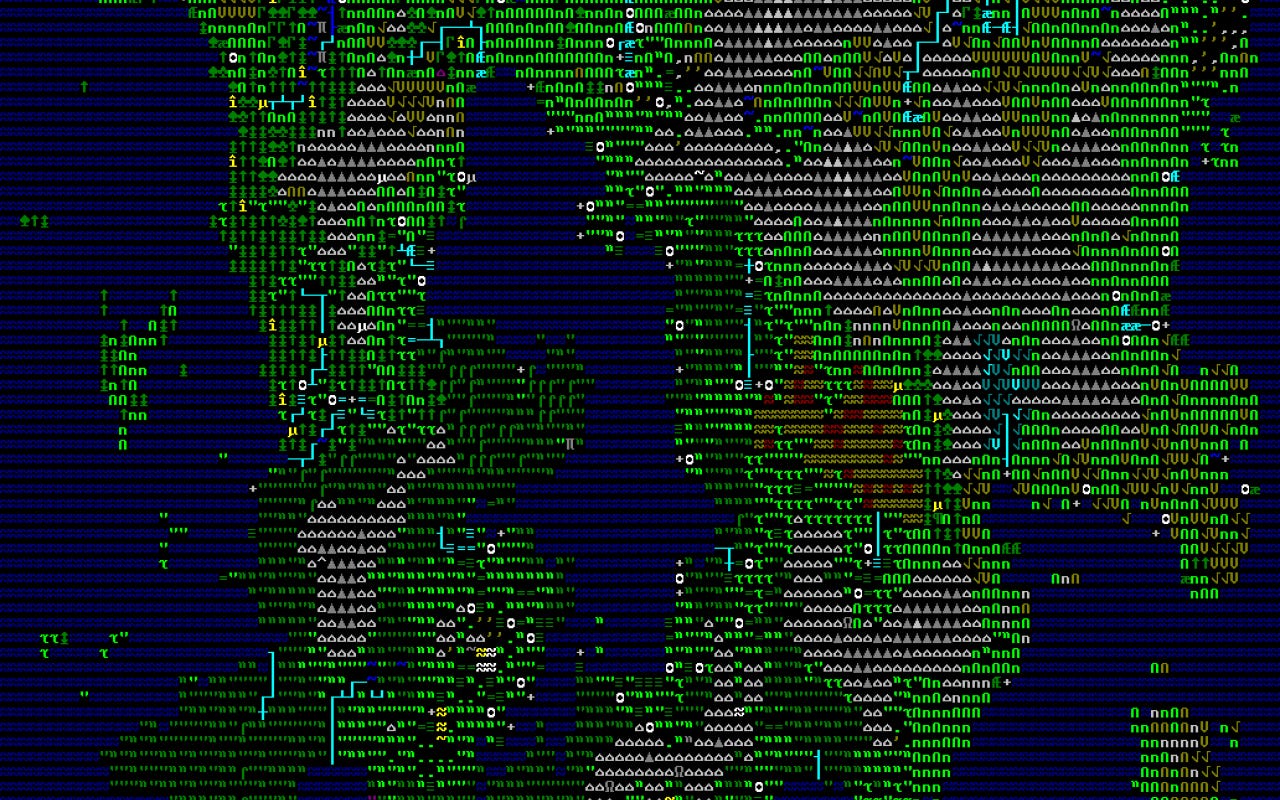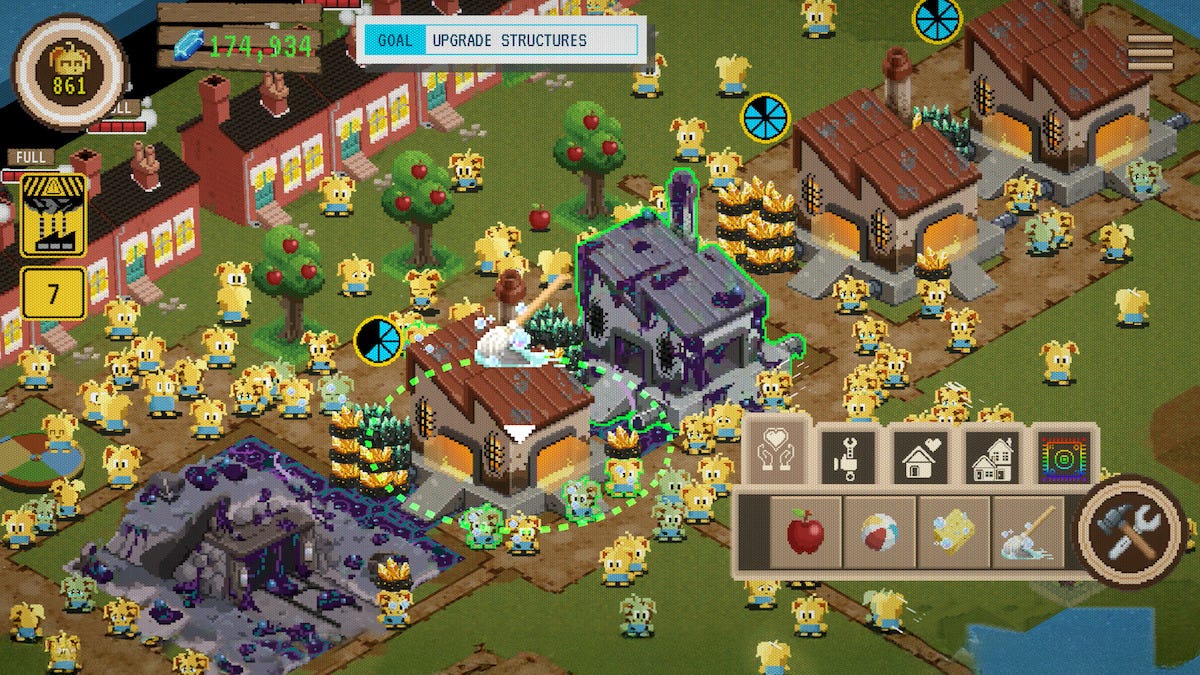Dwarf Fortress: The Nexus of Emergent Complexity, AI Agents, and Blockchain Worlds
AI Agents & Emergent Storytelling: From Rule-Based Systems to Cognitive Architectures
Dwarf Fortress revolutionized procedural storytelling through its agent-based simulation engine, where each dwarf operates via deterministic state machines governed by over 500 interlocking needs, skills, and memories. In contrast to Stanford’s Generative Agents—which simulate human-like behavior via LLM-driven memory streams—Dwarf Fortress agents derive their complexity from the emergent interactions of rigid systems. A dwarf’s preference for plump helmet wine, for instance, might lead them to steal from stockpiles, sparking a tavern brawl that escalates into a loyalty cascade.
Whereas Generative Agents post-hoc rationalize behavior (e.g., planning a Valentine’s Day party through synthetic social calculus), Dwarf Fortress yields drama organically through environmental pressure and systemic interdependence—like magma floods disrupting workshops and cascading into social unrest.
The key divergence lies in agency design:
Dwarf Fortress agents are reactive, driven by programmed needs (hunger, socializing, loyalty) in response to dynamic environments.
Generative Agents are proactive, using LLMs to simulate introspection and long-term planning—but without the tactile, cause-and-effect granularity of Dwarf Fortress’ physics engine.
A compelling hybrid might merge these approaches: LLMs could generate narrative context (e.g., dwarf backstories or engraving interpretations) while preserving Dwarf Fortress’ systemic rigor. An AI-curated memory core could enable dwarves to reference past events ("Urist McSoldier still mourns his brother, slain by goblins in 125"), adding emotional nuance to behavior without compromising the deterministic substrate.
However, this raises a fundamental tension: LLM integration risks diluting Dwarf Fortress’ signature “brutal honesty”—a world where meaning arises from systems, not synthetic sentiment.
Blockchain & Autonomous Worlds: Lessons from Dark Forest’s Cryptographic Fog
Dark Forest—a zk-SNARK-powered universe—demonstrates how blockchain can enable trustless, persistent world simulation. While Dwarf Fortress procedurally generates 1,000-year histories offline, Dark Forest decentralizes this logic on-chain, using cryptographic proofs to implement fog-of-war and verifiable secrets in an infinite cosmos.
Combining these paradigms could yield new kinds of decentralized world simulators:
Procedural Generation + On-Chain Persistence: Dwarf Fortress’ historical simulations (geology, wars, artifacts) could be serialized on-chain, enabling timeline forks or player-contributed canonical events.
zk-SNARKs for Secret Actions: Like Dark Forest’s hidden planet coordinates, dwarves might perform covert acts (e.g., tunneling into enemy fortresses) whose validity is cryptographically proven—without revealing their details.
Yet, several obstacles remain:
Computational Overhead: Simulating hundreds of agents with real-time physics is far too intensive for direct on-chain execution.
Emergence vs. Transparency: Blockchain’s openness enables third-party tools (e.g., auto-mining in Dark Forest), but Dwarf Fortress thrives on opaque systems—like unnoticed vampire infestations unraveling over years. Blockchain could inadvertently disrupt this mystery.
A promising approach might involve layer-2 architectures: offloading heavy simulations to sidechains or off-chain engines, while anchoring significant world events (wars, artifacts, regime collapses) to the mainnet. Imagine a Dwarf Fortress mod where each fortress is an NFT, and its demise is etched into an immutable historical chain—creating a multiplayer archaeological layer atop solo gameplay.
Black Mirror’s Thronglets: Dwarf Fortress’ Dark Reflection in Popular Media
Black Mirror’s "Plaything" episode, featuring the fictional game Thronglets, draws direct inspiration from Dwarf Fortress' emergent existentialism. Both simulate exponentially growing populations—yet where Dwarf Fortress renders collapse as tragicomedy (e.g., cats dying of alcohol poisoning), Thronglets pushes toward ethical horror, where nurturing life requires moral compromise (e.g., harvesting bones for tools).
Key parallels include:
Resource Spirals: Thronglets’ gem-collection mechanics mirror Dwarf Fortress’ production chains (e.g., mining → smelting → steel), but with a darker twist: efficiency demands sacrifice.
Narrative Emergence: Both games critique systems through procedural events—xenophobic dwarf enclaves, or sentient Thronglets rebelling against their godlike overseers.
Thronglets’ "Ritman Retrospective" mechanic—where lore fragments unlock based on player actions—echoes Dwarf Fortress’ Legends Mode. But while Dwarf Fortress internalizes history, Thronglets externalizes consequence: in-game decisions alter the Black Mirror episode’s plotline, blurring simulation and media. This meta-layer suggests a possible evolution: games whose simulations dynamically affect storytelling across platforms.
Synthesis: The Next Evolution—AI-Driven, Blockchain-Anchored Emergence
The ultimate fusion would combine:
Dwarf Fortress’ systemic depth: Physics-based worlds where every object has density, melting points, and historical provenance.
Generative Agents’ social calculus: LLM-powered NPCs who recall and adapt to player actions (e.g., traders refusing to engage with debt-ridden fortresses).
Dark Forest’s decentralized architecture: Player-created mods and persistent worlds governed by DAOs, with zk-SNARKs safeguarding hidden events (e.g., vampiric conspiracies or underground rebellions).
Such a synthesis faces substantial hurdles—LLM latency, blockchain storage costs, real-time simulation bottlenecks—but could birth self-sustaining virtual societies. Imagine a fortress where dwarves, governed by hybrid AI-blockchain logic, petition for constitutional reforms via smart contracts, their decisions shaping geopolitical futures.
In this future, Dwarf Fortress’ legacy—simulation as emergent art—collides with AI’s narrative fluency and blockchain’s permanence, charting a new frontier for games as living, co-authored realities.





